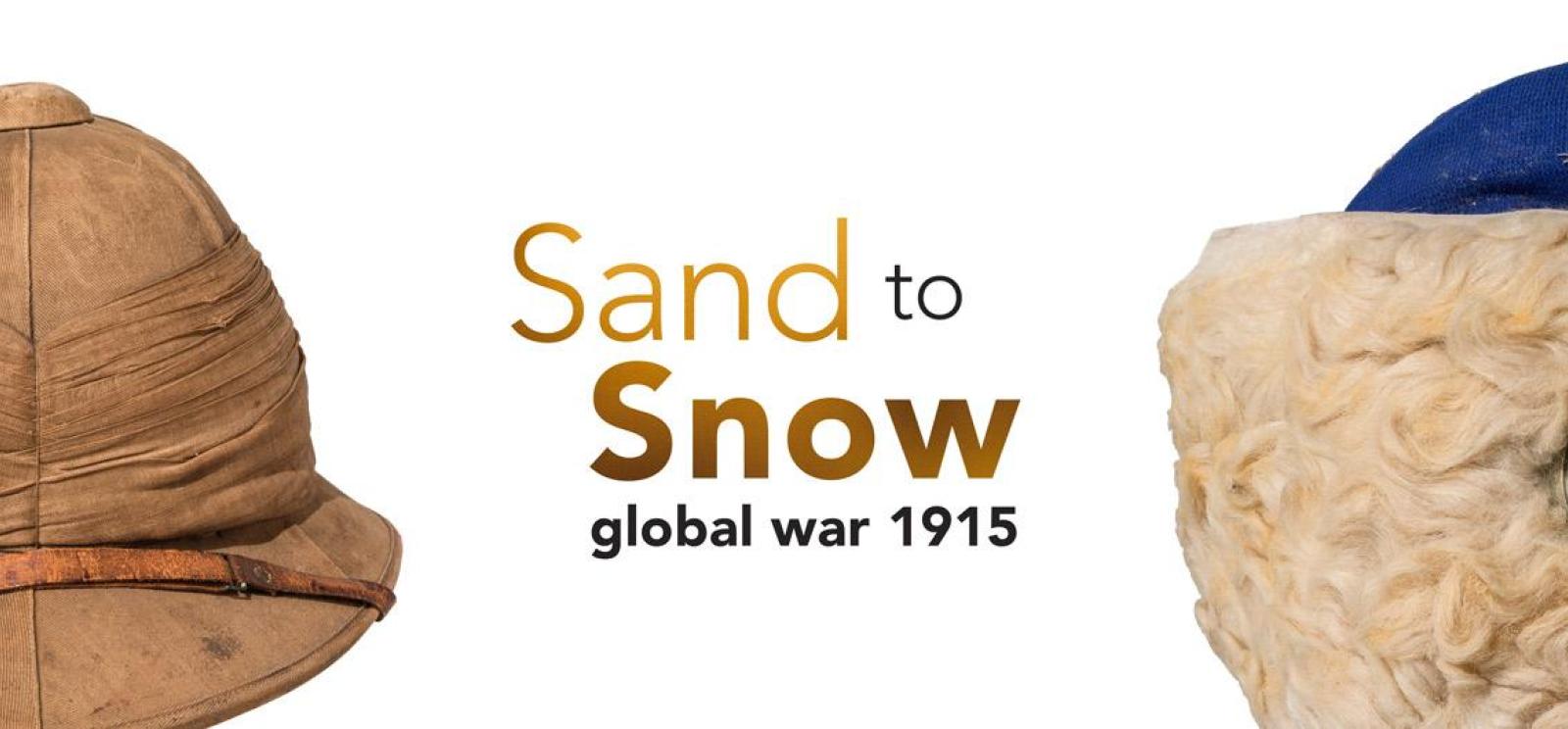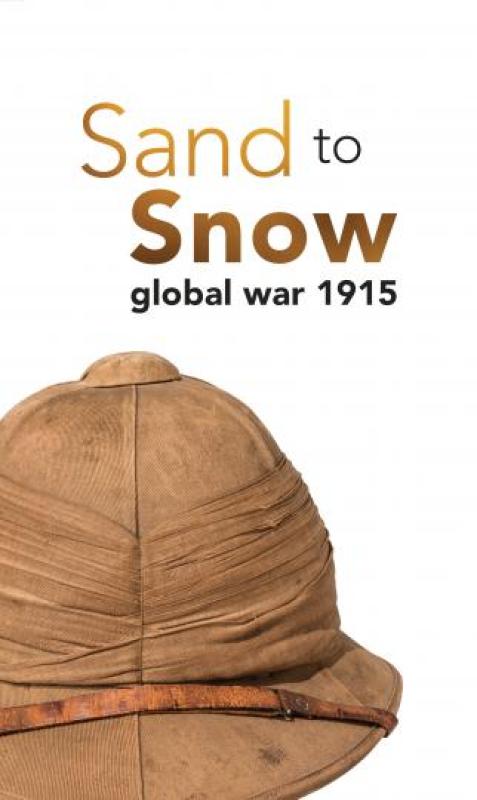
The year 1915 was pivotal in terms of the world-wide involvement in the war. World War I was the first truly global war starting in Europe, then spreading to Africa, Asia and the Near East. The European powers mobilized their colonies and commonwealths around the world. Soldiers and laborers from Southeast Asia, India, Africa and the Caribbean were sent to Europe and the Near East to fight. Particularly, the British Commonwealth nations of Canada, Australia, New Zealand and South Africa made a decisive impact.
Sand to Snow: Global War 1915 illustrates the convergence of diverse military, political, economic and social forces of the combatant nations and neutral countries. The faces, actions, voices and objects of the people, often from an individual viewpoint, serve as our guides. Their contributions and sacrifices are the central themes.
The exhibition showcases objects and documents from more than 20 countries across the world – the most encompassing special exhibition in the Museum’s history – including Bulgaria, The Netherlands, Russia, Switzerland, Australia, India, Germany, Montenegro, Poland and the United States. The vast majority of items are on exhibition for the first time at the Museum.
The diversion of European factories to war production disrupted the entire world economy. To fight a global war the combatant nations incurred enormous debts to produce the weapons, ammunition and equipment necessary. Soldiers and sailors fighting across the globe required uniforms, supplies and food.
The United States remained politically neutral, not wanting to be drawn into a European war, but sold war material to both the Allies and Central Powers.
Open from May 1, 2015 through April 17, 2016 in Exhibit Hall, Sand to Snow: Global War 1915 is the latest in the Museum's series of exhibitions commemorating the World War I Centennial.
